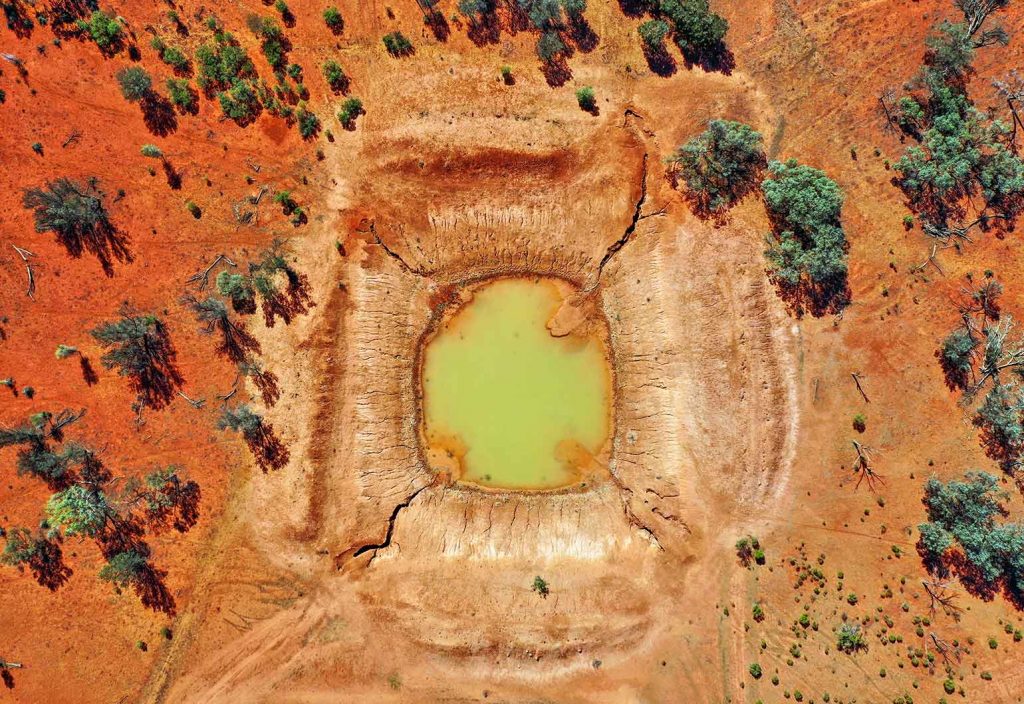The Intergovernmental Panel on Climate Change (IPCC) has released a scathing report into the human impact of climate change.
In the report, based on 14,000 scientific publications, the authors argue humanity has reached a crisis point and that some of the impacts of climate change are now irreversible.
According to the IPCC, the Earth is on track to see temperatures rise more than 1.5 degrees Celsius above pre-industrial levels. This is in breach of the 2015 Paris Agreement, of which Australia is a signatory.
If global temperatures increase by two degrees Celsius, heat extremes will reach critical tolerance thresholds for agriculture and health.
Australian climate scientists have said it’s not too late, but action must be taken now.
In an interview with The Guardian, Australian National University climatologist Dr Joëlle Gergis said: “If this report, and the evidence from around the world right now, does not convince this generation of political leaders that we have to stabilise the climate then I don’t think anything else will. This is as clear as we can be. Now it’s up to our political leaders to act.”
Engineers Australia CEO Dr Bronwyn Evans AM HonFIEAust CPEng echoed this sentiment and demanded governments bring engineers to the table to help combat climate change.
“As the creators of low emissions solutions and managers of our built environment, engineers are ready to meet the climate challenge,” Dr Evans said.
“Engineers will play a vital role, not only in building resilience in a new climate, but importantly, in cutting emissions to mitigate extreme climate change.”
The opportunities and challenges posed by climate change for engineers will be discussed at Engineers Australia’s inaugural Climate Smart Engineering (CSE) conference on 16-17 November.
Climate impacts for Australia
According to a regional fact sheet released with the report, temperatures in Australia rose 1.4 degrees Celsius between 1910 and 2020. This has caused heat extremes to increase, leading to the nation’s longer bushfire seasons. The report states there is a high confidence that the intensity, frequency and duration of “fire weather events” will increase in the coming years.
Not only is the land heating up, the oceans are too. The region is likely to experience an increase in marine heatwaves, particularly in the East Australian Current and the Tasman Sea.
Cyclone frequency in the northern parts of the country is projected to decrease, however the severity of the cyclones that do hit are expected to worsen.
Northern Australia is also likely to see an increase in heavy rainfall leading to flooding, while the rest of the country is set to experience less rainfall and longer drought seasons.
The southernmost regions of Australia have seen a significant decrease in rainfall since 1910, which the report blames squarely on human activity.
Fortunately, Australia has the know-how to act on climate change. Earlier this year, the Times Higher Education Impact Rankings demonstrated that Australian universities are some of the best in the world when it comes to tackling social issues such as climate change.
Beyond that, we have award-winning engineers working to create sustainable energy sources, find ways to protect people from the impacts of climate change and actively reverse the effects where we can.
“Australia’s particular exposure to climate change will pose ever-greater challenges to our physical world. Climate adaptation and resilience demands sophisticated engineering solutions in every part of the community,” Dr Evans said.
“Our profession must be at the centre of change, and Engineers Australia is committed to leading the way.”
To register to attend the Climate Smart Engineering conference, visit www.eacse.com.au.
